Cannabis Testing
Labstat’s team of scientific experts offers a comprehensive suite of cannabis tests to help you ensure the quality and compliance of your products. Our ISO 17025-accredited and GMP-compliant laboratories meet testing requirements for Health Canada, European Union exports, and DAB compliance. We provide testing services for flower, pre-rolls, heat-not-burn products, e-liquids, e-vapors, and 2.0 products.
Your Single-Source Provider for Your Cannabis Testing & Regulatory Needs
Labstat, a Certified Group Company, simplifies analytical testing and regulatory compliance for your business. Whether you’re a cultivator analyzing batches of cannabis flower, a processor evaluating extracts and concentrates, a formulator evaluating raw materials for your edibles and beverages, a manufacturer making vape products and devices, or anything in between, we’ve got you covered.
Get comprehensive testing, consulting, training, and auditing services, ensuring proactive regulatory compliance for your business, at all levels. That’s the Labstat Advantage.
Consistent Test Results and Industry Leading TAT Help We Grow BC Ltd. Set Bar for Quality
GMP Certified* and ISO 17025 Accredited
Get accurate, trustworthy results that allow you to make the best business decisions.
Validated
Methodologies
Our validated and verified methods are suitable for a range of cannabis matrices.
Regulatory and R&D
We can help if you have additional needs for regulatory compliance or research and development.
*Labs-Mart holds the GMP Certification. Learn more.
Cannabis Smoke & Vapour Testing
Do Your Vape Products Meet the Highest Standards Possible?
Protect your customers and your brand with comprehensive vape testing from the experts at Labstat. We provide the scientific intelligence you need to build a world-class portfolio of products.
Cannabis Testing That Goes Beyond The Basics
When your goal is to produce the highest quality cannabis products possible, just passing the test is never good enough. Ask us how these advanced methodologies help you go beyond Health Canada’s standards to win the attention and loyalty of today’s savvy consumers.
THC/CBD Potency
Terpene
Profiling
Nutritional
Panels
Stability /
Shelf-Life
Smoke &
Vapour
Labstat Earns Multiple Emerald Badges for Cannabis Testing Proficiency
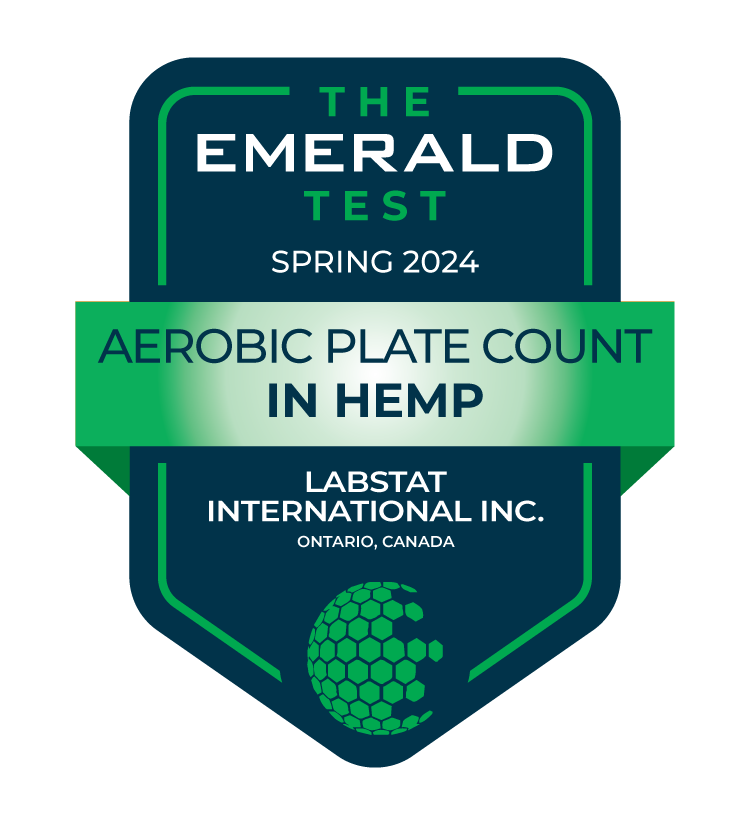
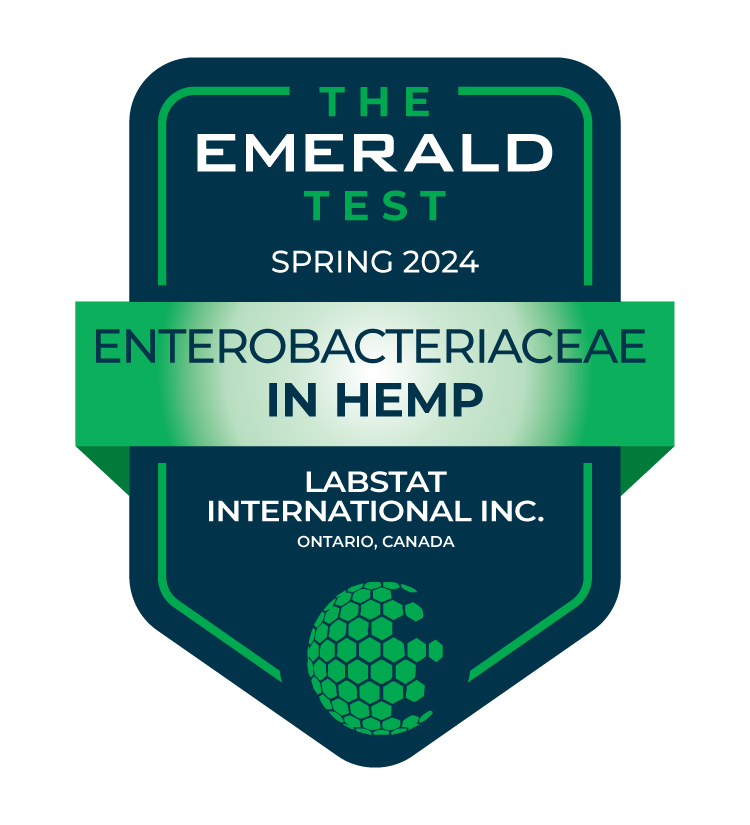
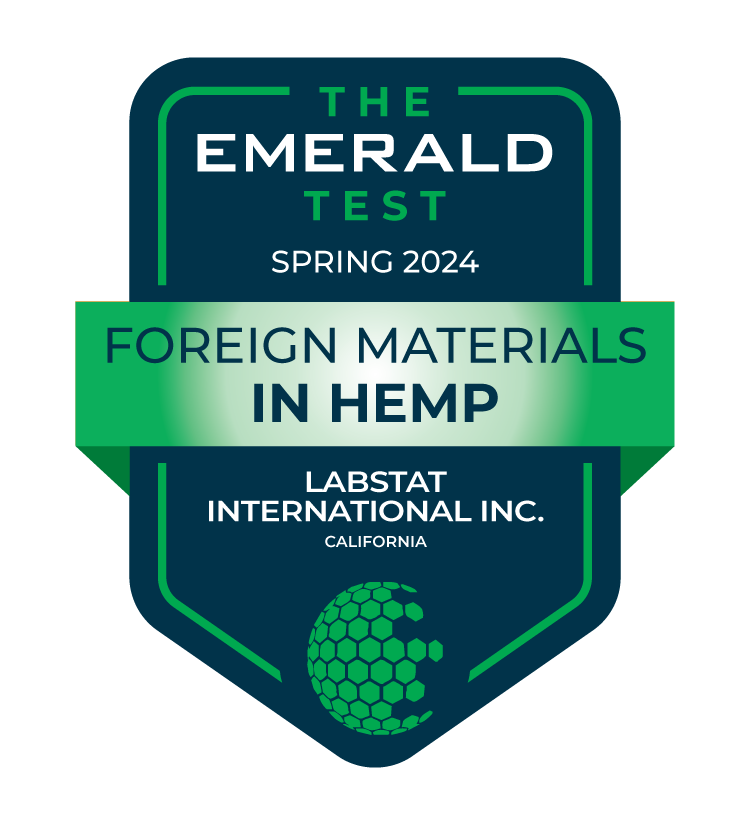
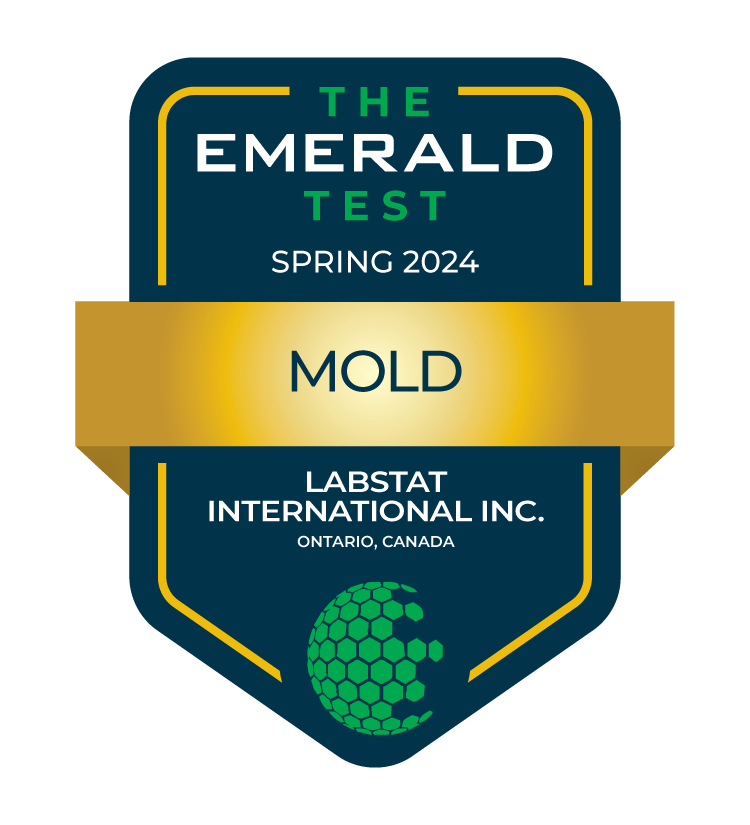
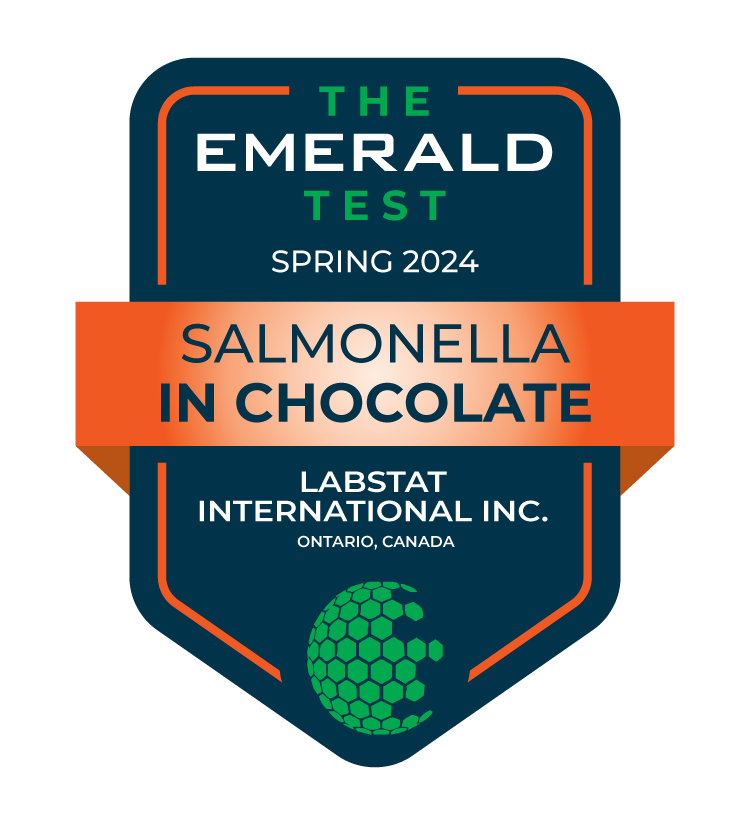
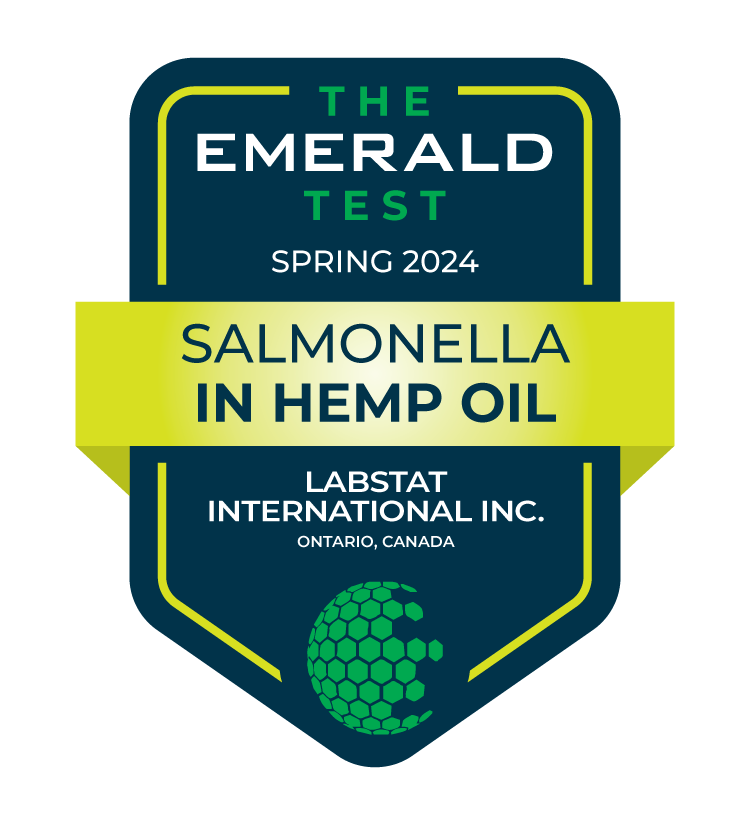
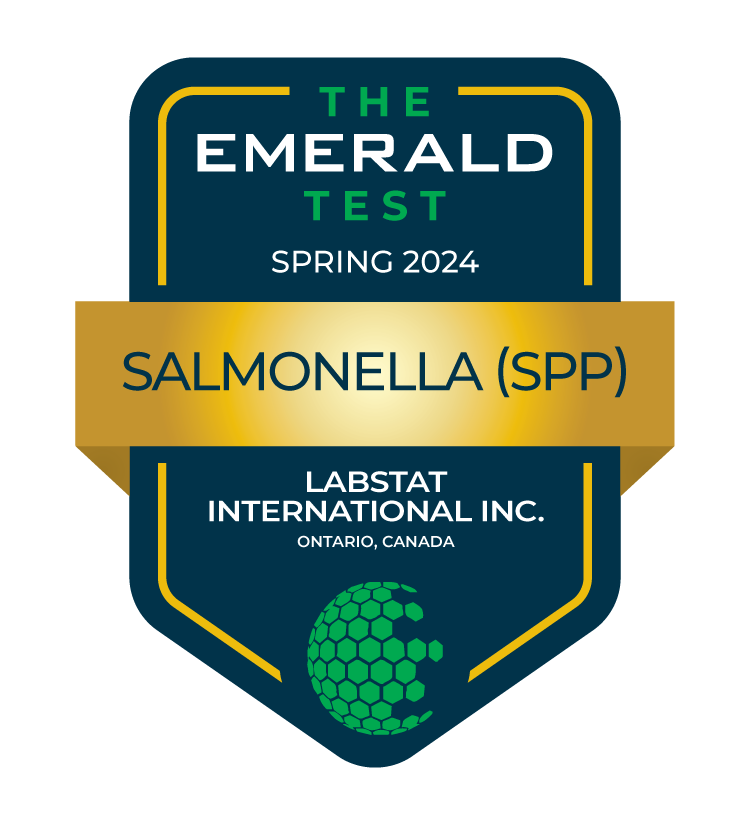
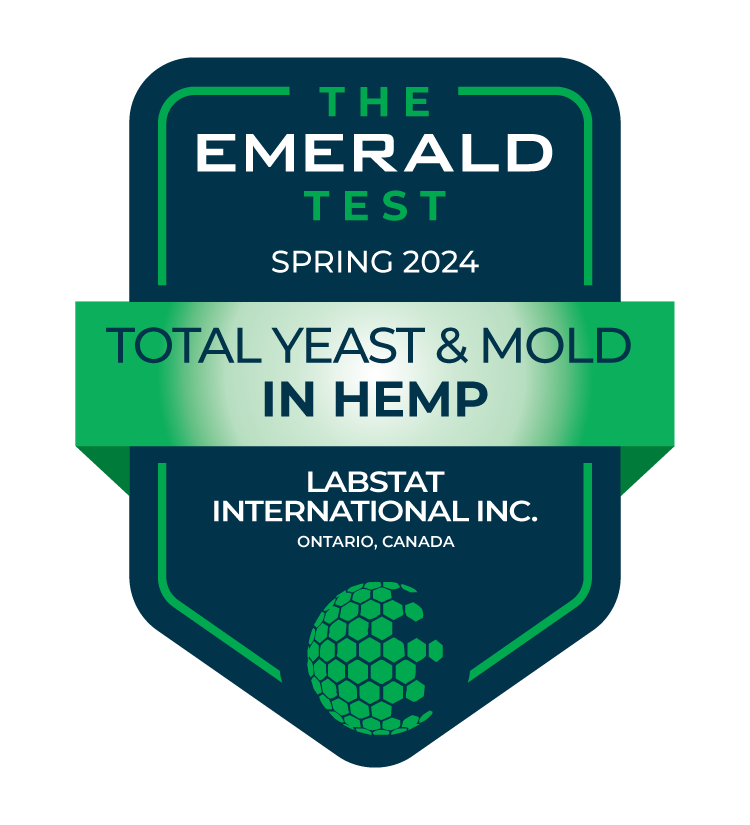
Leading-Edge Methodologies & Instrumentation
Your Reputation Depends on Fast, Accurate Results.
To ensure your results are precise and on time, our laboratories are equipped with state-of-the-art analytical instrumentation managed by highly trained experts.
